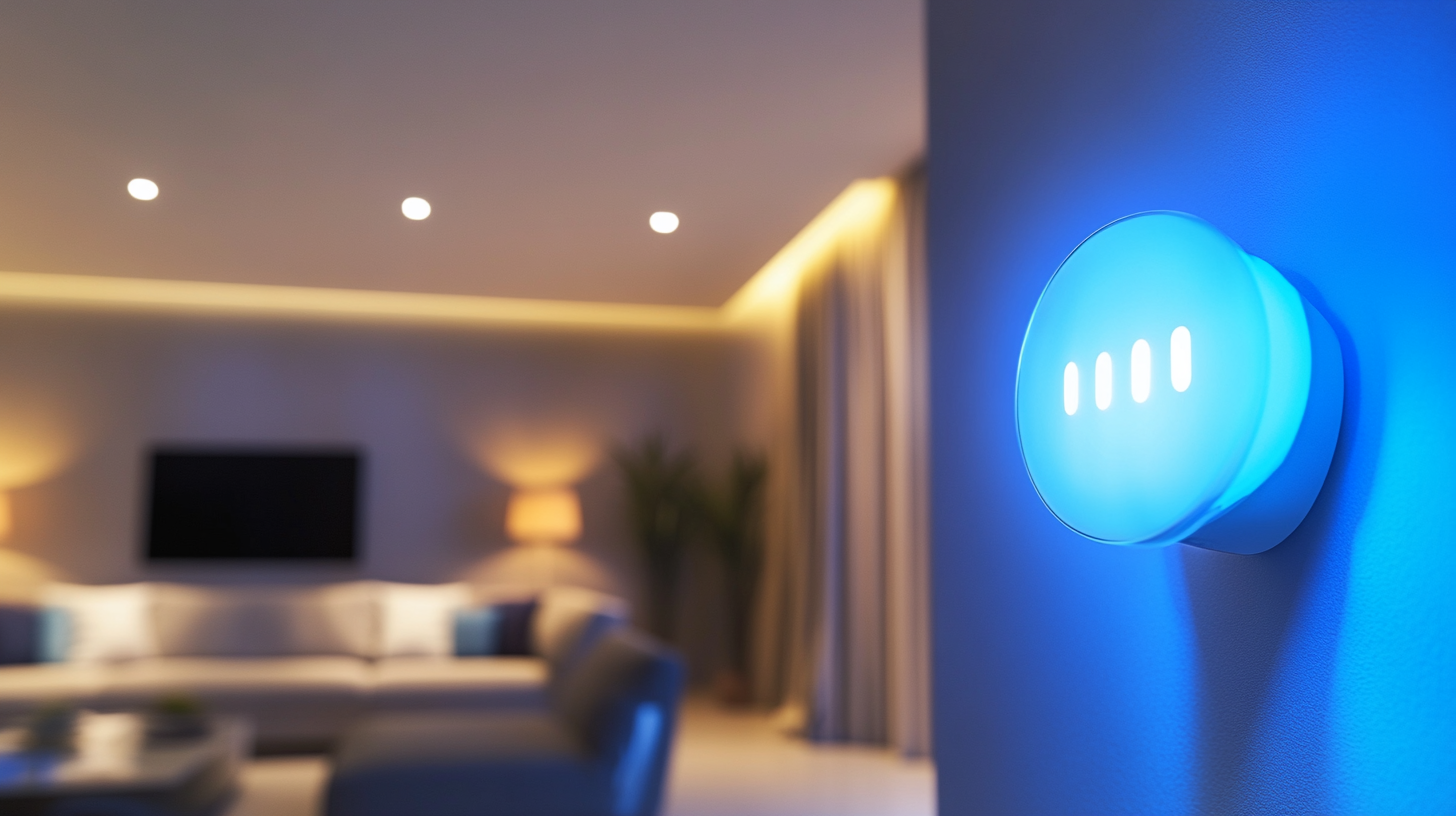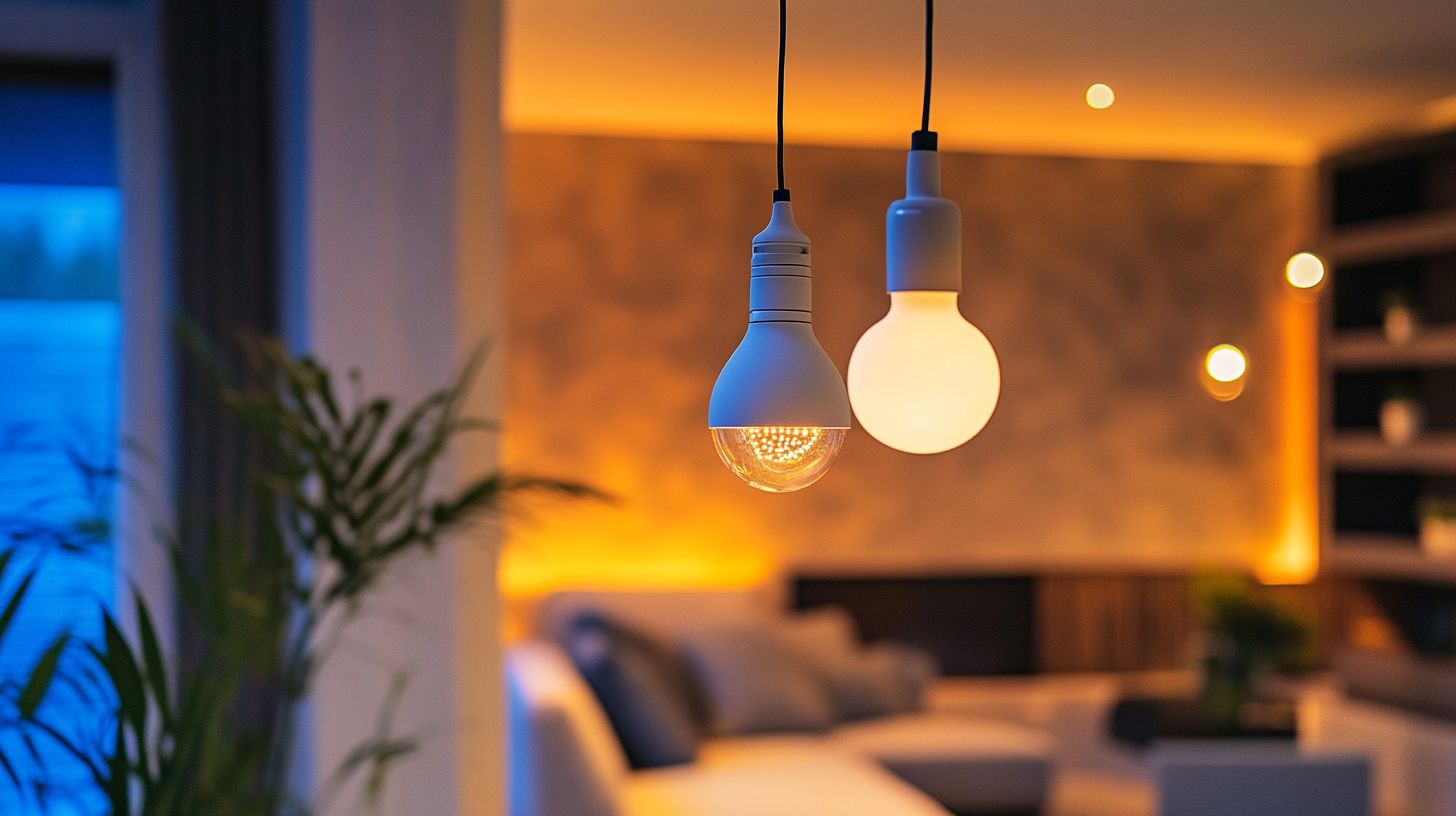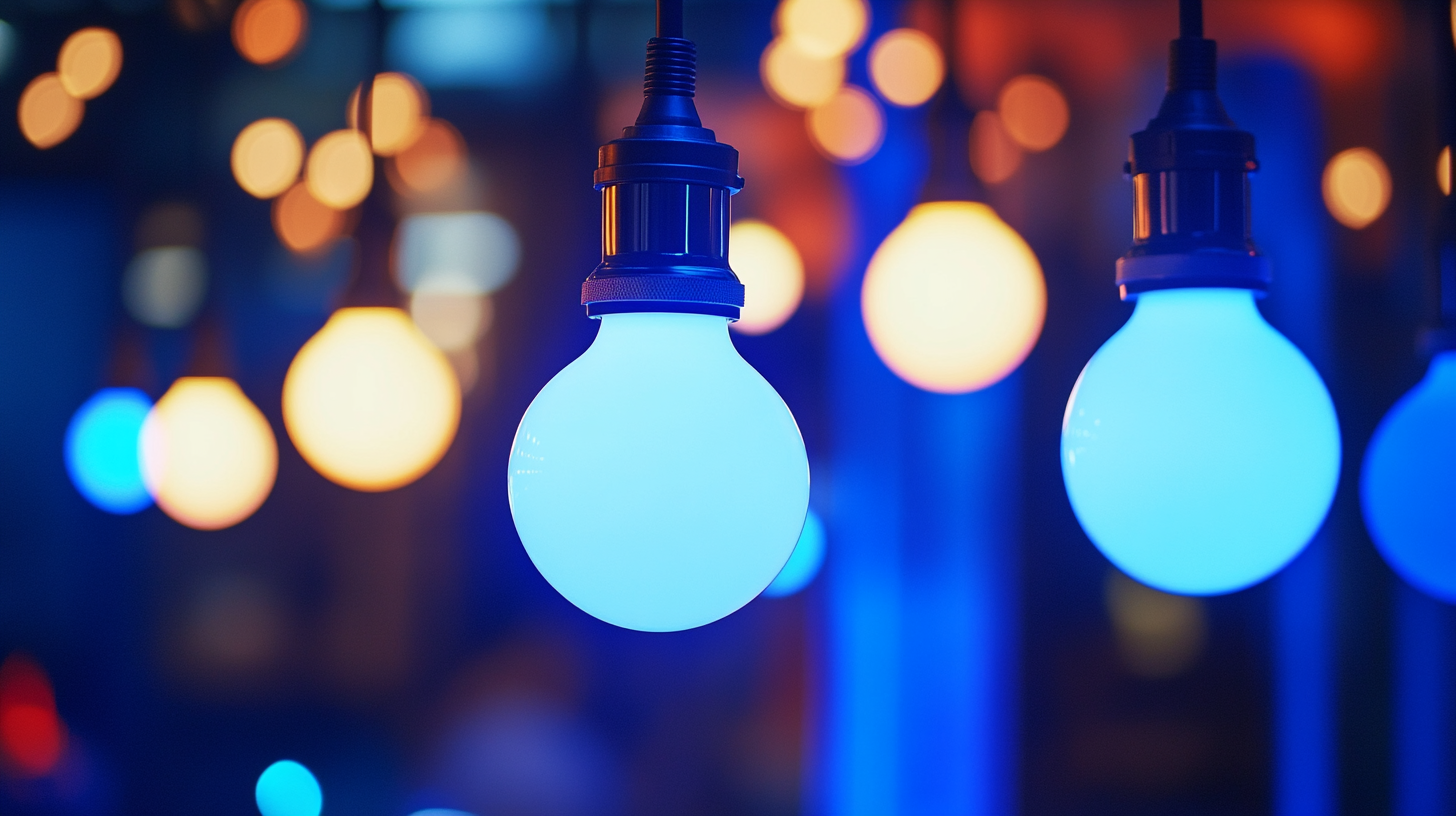Guidelines for Selecting the Perfect Smart Lighting Products for Your Home
In today's rapidly evolving technological landscape, smart lighting products have emerged as essential components for creating a modern and efficient home environment. These innovative solutions not only enhance the aesthetic appeal of your living spaces but also contribute to energy savings and improved convenience. With a plethora of options available in the market, selecting the right smart lighting products can be a daunting task for homeowners. This guide aims to simplify the decision-making process by providing practical guidelines to help you make informed choices that suit your lifestyle and needs.
As you embark on your journey to upgrade your home with smart lighting products, it's crucial to consider various factors such as functionality, compatibility, and energy efficiency. Understanding the different types of smart lighting options available, along with their unique features and benefits, will enable you to create a beautifully illuminated space tailored to your preferences. Whether you're looking for ambient lighting to set the mood or task lighting for a functional workspace, this blog will equip you with the necessary insights to illuminate your home intelligently and stylishly.

Understanding the Different Types of Smart Lighting Technologies Available
When it comes to enhancing the ambiance and functionality of your home, understanding the various types of smart lighting technologies available is crucial. According to a recent report from Statista, the global smart lighting market is projected to grow from $11.67 billion in 2020 to over $46 billion by 2026, indicating a robust demand driven by both residential and commercial applications. One of the leading technologies in smart lighting is LED (Light Emitting Diodes), which not only offers energy efficiency but also allows for dynamic color changing capabilities. Smart LEDs can be integrated with IoT (Internet of Things) devices, enabling homeowners to control lighting through mobile apps or voice-activated systems such as Amazon Alexa and Google Assistant. A study by the American Council for an Energy-Efficient Economy highlighted that switching to smart LED lighting could save households up to 75% on energy costs, significantly reducing both electricity bills and carbon footprints. Another notable technology is smart bulbs, which offer varied functionalities including scheduling, dimming, and scene setting. Smart bulbs typically connect via Wi-Fi or Bluetooth and can be installed easily in existing fixtures. According to a report by Research and Markets, the smart bulb segment is anticipated to hold the largest market share by 2025, driven by their versatility and user-friendly interfaces. Additionally, smart lighting systems like smart switches and scenes allow for comprehensive control over lighting across multiple areas in the home, creating personalized environments that can adjust to mood or activity levels efficiently.

Key Features to Consider When Choosing Smart Lighting Products
When selecting smart lighting products for your home, key features play a crucial role in ensuring you find the perfect fit for your lifestyle. First and foremost, compatibility with your existing home automation systems is essential. Whether you use Google Home, Amazon Alexa, or Apple HomeKit, choosing smart lights that seamlessly integrate with your current technology can enhance your overall smart home experience. This compatibility allows you to control your lighting through voice commands or mobile apps, providing convenience and efficiency.
Another significant feature to consider is the light’s adjustability. Look for smart lighting products that offer dimming options or color-changing capabilities. This flexibility can help set the mood for various occasions—from bright, energizing settings for daytime tasks to warm, relaxing tones for evenings. Additionally, many smart bulbs come with scheduling features, allowing you to program your lighting based on your daily routine, which can also enhance energy efficiency.
Finally, pay attention to the bulb's lifespan and energy consumption. Smart bulbs often utilize LED technology, which is not only more durable but also reduces your electricity bills compared to traditional incandescent bulbs. Furthermore, consider the quality of the light produced—select bulbs that provide a high Color Rendering Index (CRI) for better color accuracy in your home. By focusing on these key features, you can choose smart lighting products that not only elevate your living space but also align perfectly with your needs.

Assessing Compatibility with Your Smart Home Ecosystem
When it comes to selecting smart lighting for your home, compatibility with your existing smart home ecosystem is paramount. Before making a purchase, take stock of the devices and platforms you already have in place, such as smart speakers, hubs, or other IoT devices. For instance, if you utilize Amazon Alexa or Google Assistant for voice control, ensure that the smart lighting products you consider are compatible with these systems. This will not only streamline functionality but also enhance the user experience as you integrate new lighting solutions seamlessly into your daily life.
Another essential aspect to consider is the wireless protocols used by your current devices. Many smart lights operate via Zigbee or Z-Wave, while others rely on Wi-Fi or Bluetooth. Understanding which protocol your smart home hub supports will help narrow down your options. For example, compatible lighting products can be easily controlled from a single app or device, reducing the hassle of managing different systems. Researching product specifications will allow you to make more informed choices that fit within your established ecosystem, ultimately resulting in a cohesive smart home setup.
Lastly, look for lighting solutions that offer additional features while still maintaining compatibility. Some smart lights come with advanced functionalities such as customizable scenes, schedules, and color temperatures. By selecting products that not only work well with your current ecosystem but also provide added benefits, you can create a more versatile and enjoyable living environment. Prioritizing compatibility will ensure that your investment in smart lighting enhances the overall efficiency and enjoyment of your smart home.

Evaluating Energy Efficiency and Cost-Effectiveness of Smart Lights
When exploring the world of smart lighting products for your home, evaluating energy efficiency and cost-effectiveness is crucial. Unlike traditional lighting, smart lights offer features that go beyond merely illuminating your spaces. They can adjust brightness, color, and even schedule when to turn on and off, significantly affecting your energy consumption and utility bills.
Energy efficiency is often expressed in terms of lumens per watt—essentially how much illumination you get for each unit of energy used. Many smart bulbs utilize LED technology, which is renowned for its high efficiency and long lifespan, thereby reducing the frequency and cost of replacements. When selecting a smart lighting product, look for options with the ENERGY STAR certification, which ensures that the product meets strict energy efficiency guidelines set by the U.S. Environmental Protection Agency.
Cost-effectiveness should factor in the initial purchase price, installation costs, and ongoing savings on your energy bill. While smart lighting systems may have a higher upfront cost compared to traditional bulbs, the long-term savings through reduced energy usage and lifespan can make them a more economical choice. Furthermore, consider smart lighting systems that integrate with home automation technologies, allowing you to optimize usage based on your routine and further maximize energy savings. By closely evaluating these aspects, you can make an informed decision about which smart lighting products are the best fit for your home.
Exploring Design and Aesthetic Options for Smart Lighting Solutions
When exploring design and aesthetic options for smart lighting solutions, it’s essential to understand how these innovations can enhance your home’s ambiance while also reflecting your personal style. According to a recent industry report by the Smart Lighting Association, smart lighting is expected to grow by 28% by 2026, driven by advancements in both technology and design integration. This means homeowners can choose from a diverse range of options that not only improve functionality but also elevate the overall aesthetics of their living spaces.
One of the most exciting trends in smart lighting is the ability to customize colors and brightness. Many brands now offer bulbs that can display millions of colors, allowing for a seamless transition between cozy warm tones for relaxing evenings and bright whites for productive days. The 2025 Best Christmas Lights review highlighted creative ways to utilize smart lights during the festive season, showcasing designs that can sync with music or change colors in response to mood settings, thus reinforcing that smart lighting can be both functional and festive.
Moreover, smart lighting solutions today incorporate sleek designs that fit various home décors, from minimalist styles to more elaborate contemporary looks. A report by the International Lighting Design Association noted that 65% of homeowners feel that lighting significantly impacts the aesthetic appeal of their interiors. As a result, choosing the right smart lighting goes beyond mere functionality—it’s an opportunity to express individual taste and enhance the home's visual narrative.

